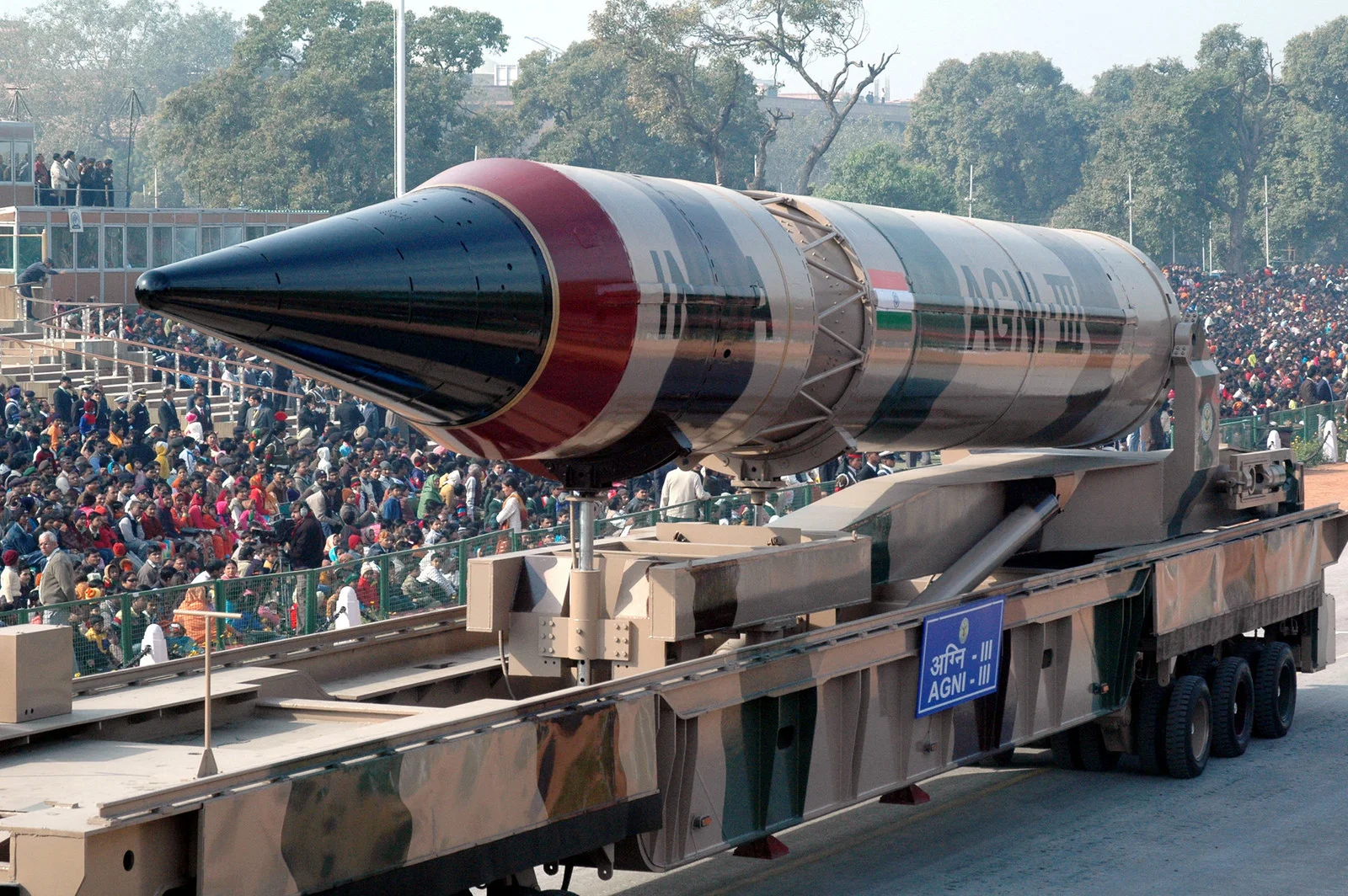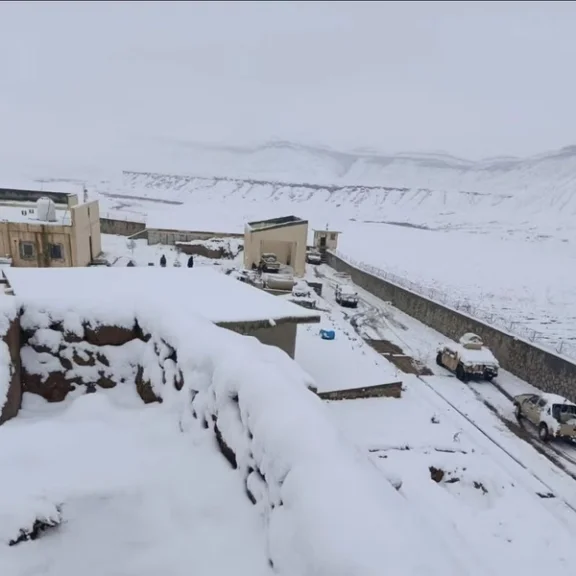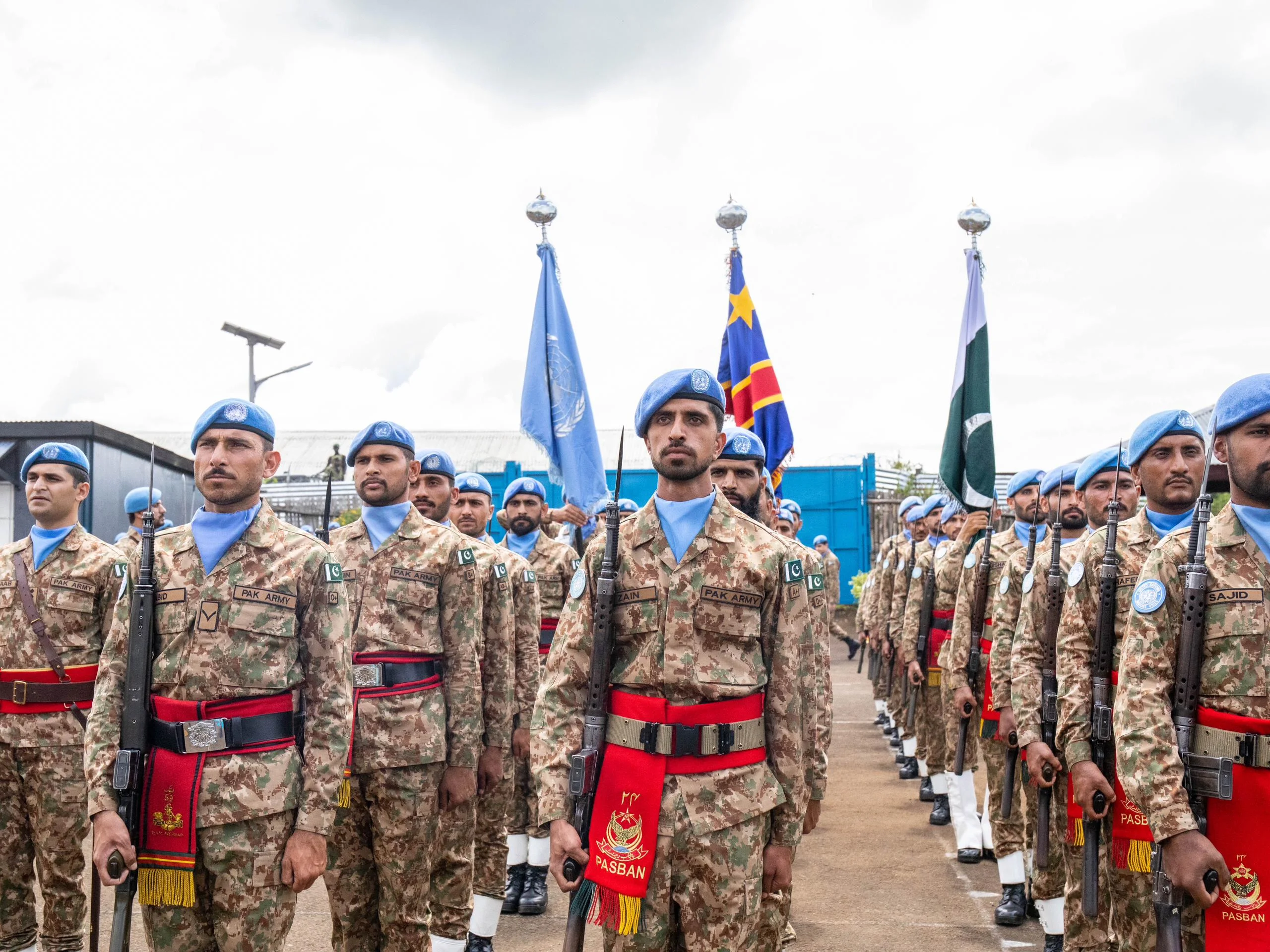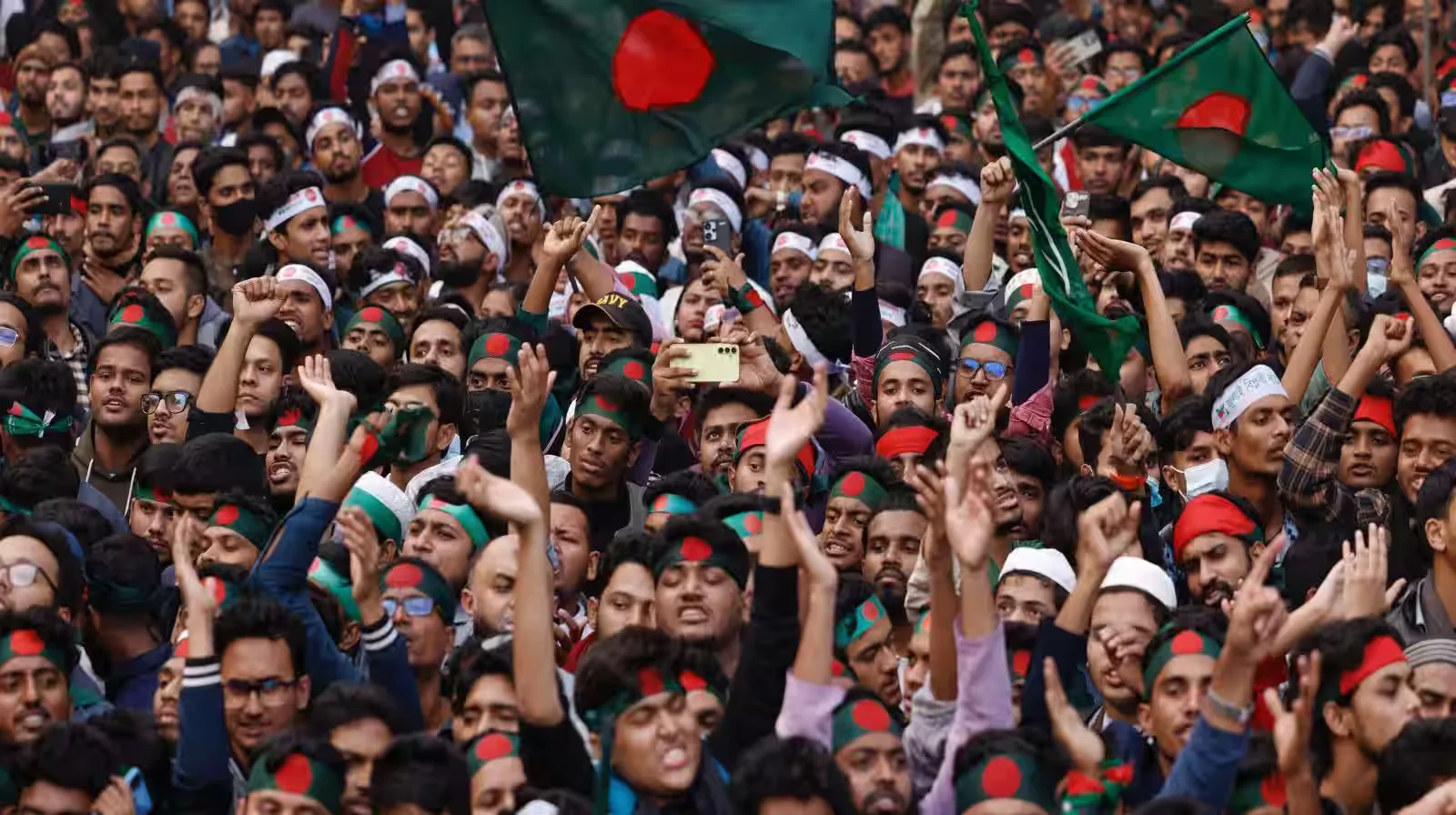This article was originally published at The Express Tribune.
Deceitful history of Indian nuclear program is well-known to the world. On 18 May 1974, India tested its Peaceful Nuclear Explosions (PNEs) at Pokhran under codename, ‘Smiling Buddha’ and underscored this reality that the country had diverted its peaceful side of nuclear program towards weapon-based nuclear program.
Indian nuclear program is prestige-driven. Indian PM I.K. Gujral, during his meeting with U.S. President Clinton in Sep 1997 asserted that, “I told President Clinton that when my third eye looks at the door of the Security Council Chamber it sees a little sign that says only those with economic power or nuclear weapons are allowed. I said to him it’s very difficult to achieve economic wealth”.
The debate surrounding development of India’s nuclear program revolves around the question of whether it was genuinely a peaceful program with civilian applications or a clandestine effort to develop nuclear weapons India’s nuclear program involved a pattern of exploiting civilian cooperation to build military capacity. The deception lies in how India used international support for peaceful purposes, while developing and later openly declaring nuclear weapons – without being held fully accountable like other Nuclear Nonproliferation Treaty (NPT) – defying nations.
India began its nuclear program in the 1940s and 1950s with so-called declared peaceful intentions. Homi Bhaba, famous Indian physicist, led the foundation of the Indian nuclear program. Initially, the country gained international cooperation from Canada and the United States under the promise that the nuclear material and technology would not be used for weapon purposes. However, India viciously diverted plutonium from a reactor supplied by Canada for ‘Similing Buddha’ tests. Indian scientist Raja Ramanna, who led these so-called PNEs lately confirmed this assertion in 1997 that, “The Pokhran test was a bomb, I can tell you now… An explosion is an explosion and a gun is a gun, whether you shoot at someone or shoot at the ground… I just want to make clear that the test was not all that peaceful.”
In 1968, U.S. National Security Archives also recorded that, while visiting Trombay’s Canada-Indian Reactor, Canadian inspectors were unnerved by data suggesting that India was heading towards developing a nuclear device. This declassified U.S. State Department telegram revealed that Canadian nuclear experts told U.S. diplomats about reactor fuel which had been irradiated at a low enough level to produce weapons grade plutonium. According to them, if India wanted, it could produce up to 12 kilogram of plutonium a year.
Another set of U.S. declassified documents revealed that long before India detonated a nuclear device in May 1974, the U.S. Intelligence Community was monitoring and analyzing Indian civilian and military nuclear energy activities. U.S. State Department official George McGhee indicated to Secretary of State Dean Rusk that people throughout the State Department seriously contemplated helping India to acquire a nuclear explosive. It was proposed that “it would be desirable if a friendly Asian power beat Communist China to the punch” by detonating a nuclear device first. Another CIA intelligence report observed in 1964 that India had all of the elements necessary to produce a nuclear weapon and it had a capability to assemble a bomb quickly. India did not plan to complete the work on a bomb initially because Indian government was convinced that the Chinese would not have an offensive capability for at least five years. India was relying on President Johnson’s assurances for aid in the face of any threat by China.
While mentioning Indian role towards nuclear non-proliferation regime, former Indian Ambassador and Permanent Representative to the Conference on Disarmament in Geneva Amandeep Gill added that India was championing the debate on asserting worldwide moratorium on nuclear testing. However, the world witnessed that the country later backed off from signing the Comprehensive Test Ban Treaty (CTBT) as it tested its nuclear weapon device in May 1998.
Furthermore, after the Indian PNE in 1974, a nuclear suppliers group named the London Suppliers Group (now the Nuclear Suppliers Group or NSG) was established to strengthen nuclear exports and safeguards which met for their first meeting in Nov 1974. Yet the NSG, at the behest of the Bush Administration, agreed in Sep 2008 to exempt India from some of its export guidelines. Ironically, the world remains ignorant of this fact that the very same NSG which was formed in response to 1974’s nuclear tests granted a “clean waiver” to India.
Since the NSG discriminatory waiver awarded to India, India has concluded numerous nuclear cooperation agreements with foreign states. An alarming situation is that these civil nuclear deals are helping India to freely build up its domestic uranium reserves for weapon grade nuclear material. Many studies acclaimed this fact that India operates world’s fastest growing nuclear program. For instance, Harvard University based study suggested that India has the capacity to produce 2261-2686 nuclear weapons. According to another study, India has sufficient material and technical capacity to produce between 356 and 492 nuclear weapons. A study published by Bulletin of Atomic Scientist estimated that India has the capacity to produce many more nuclear weapons than commonly thought: 1,044 nuclear weapons (914 plutonium-based and 130 uranium-based nuclear weapons), obtained from different reactors. Therefore, its unsafeguarded nuclear material and spent fuel pose serious regional and global concerns for proliferation.
In addition, nuclear modernization of India further makes it obvious that New Delhi is expanding its hegemonic designs beyond this region. India is in a process of increasing its ICBMs missile ranges including Agni V (5000km plus) and Agni VI (10,000km -12,000km). Such a development indicates that the country can potentially target U.S. territory too. Similarly, India’s entry into Missile Technology Control Regime (MTCR) is also providing an edge to India for extending its missile ranges and accessibility towards dual-use military technologies. It is certain that New Delhi’s membership to the group disturbs the balance of power in the region as India is modernizing its missile and space program.
As a result, contrary to ground realities, U.S. and other foreign states have turned a blind eye towards India. Washington is preparing India as a so-called ‘net security provider’ in Indian-Ocean Region – preparing New Delhi as a counterweight to China. For this, the last ten years of Indo-U.S. defense cooperation has been strengthening Indian military muscle and directly causing regional security implications.
All in all, Indian brinkmanship to the South Asian region offers dangerous security implications. India’s regional dominance is evident in its stance on military modernization and strategic expansion. Recent incident of Post-Pahalgam revealed that extra-regional forces have also played a crucial role in regional dynamics of South Asia. BJP led Hindutva leadership still remains vulnerable to potential nuclear risks in the region. Hence, a dialogue on regional peace and security in South Asia and resolution of the Kashmir dispute should be a priority for international community.






